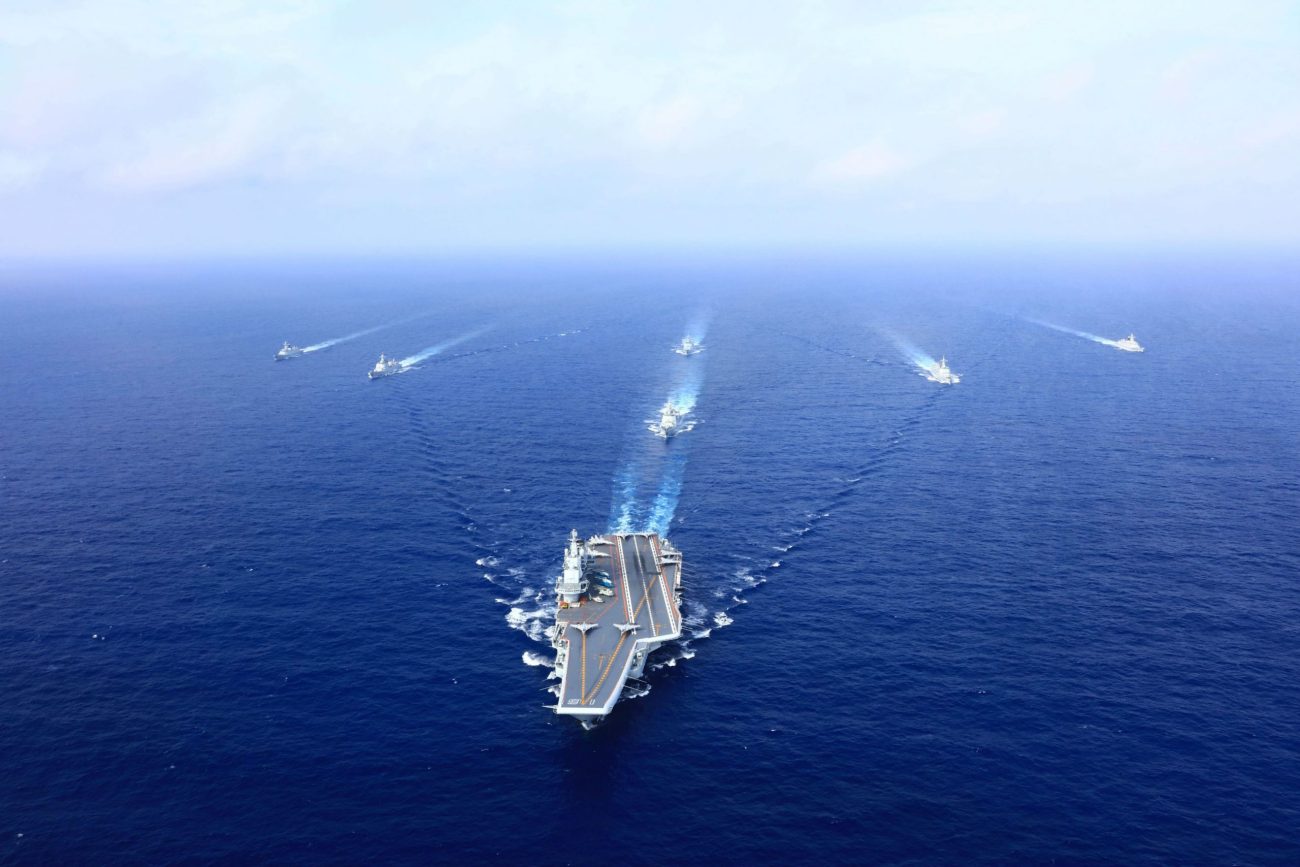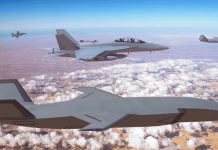China’s first naval facility in mainland Southeast Asia will be much larger and have more military facilities than previously known. The maritime facility at Ream in Cambodia will allow China to deploy its warships and coast guard vessels at short notice in the South China Sea and the Taiwan Strait.
After Igla-S Deal, Russia Keen To Supply Light ‘Mountain’ Tanks, Infantry Fighting Vehicles To India
A recent media report indicates that a large dockyard that could accommodate a large aircraft carrier is being constructed. The experts suggest that the dockyard size means the Chinese Navy will also have a semi-permanent presence in the country. Cambodia’s small Navy has no vessels in its flotilla requiring such an extensive facility.
The Chinese and Cambodian governments have previously denied reports that Cambodia will allow a Chinese military presence at the Ream naval base on the Gulf of Thailand. The base would significantly increase China’s access to the Indo-Pacific as, presently, the country has only one naval base in the east African country of Djibouti.
Satellite imagery shows that a significant new dry dock is under construction at the base, close to Cambodia’s coastal city of Sihanoukville, at a site where the People’s Liberation Army is suspected to be developing infrastructure for its warships and submarines, according to H. I. Sutton, an open-source maritime security analyst.
China is adding a third aircraft carrier, Fujian, to its armada. And they align with China’s ambition to become the leading strategic power in Asia-Pacific. But beating the US will be challenging without a global chain of overseas bases.

According to a 2021 Pentagon report, China is “seeking to establish a more robust overseas logistics and basing infrastructure … to support naval, air, ground, cyber, and space power projection.” Other than Cambodia, it has “likely considered several countries,” including Thailand, Singapore, Indonesia, Pakistan, Sri Lanka and Tanzania.
“#Chinese Navy’s Suspected New Overseas Base Cambodia Now Even Larger dry dock on reclaimed land. Pier likely just large enough for an aircraft carrier #OSINT (sic),” Sutton said on X, sharing satellite imagery of the construction site.
Cambodia has confirmed receiving aid for building the facilities but has asserted that they are meant for national defense. The ground-breaking ceremony of the naval base site was held in 2022, and China’s ambassador to Cambodia attended it, too.
The former deputy prime minister of Cambodia, Tea Banh, said: “Ream Naval Base is small. Therefore, we must upgrade our base to protect our nation, territory, and sovereignty. Ream Naval Base’s modernization project is an important strategy for developing the Royal Cambodian Armed Forces by the Ministry of National Defence’s White Paper.”
The real rub in the wound is that in October 2020, the Cambodian government demolished two American-built facilities at the Southeast Asian nation’s Ream Naval base, overlooking Washington’s offer to renovate them.
Cambodia is the closest ASEAN nation to Beijing, which has long courted Prime Minister Hun Sen with billions of dollars in murky infrastructure loans and development projects involving close cronies. The US and Cambodia have been drifting apart. In 2017, then-US Ambassador to Cambodia William Heidt said that the Cambodian government was “not interested in a positive relationship” with the US.
China’s footprint in Cambodia has only grown since. According to some reports, Cambodia has repeatedly been the sole ASEAN member to scuttle joint communiques on the disputed South China Sea, even sharing their drafts with Chinese officials.
Tipping Regional Power Balance
Currently, China’s military has only one overseas base in Djibouti. The base in Cambodia is meant for repair, and replenishment will also have repercussions for India, as it will shorten the time taken to reach its maritime area of dominance.
“The aircraft carrier size pier at Ream base and dry dock facilities will provide the PLA-N (People’s Liberation Army-Navy) extended presence in the Bay of Bengal and will affect the balance of power in the region,” Dr Pooja Bhatt, the author of Nine-Dash Line: Deciphering the South China Sea Conundrum (Knowledge World 2020), said. She works extensively on maritime issues, particularly the Indo-Pacific and the South China Sea.

The facilities will help deploy warships and coastguard vessels around the region at short notice. This will help in increasing China’s footprint in the region. In addition, logistics and intelligence monitoring would be enhanced by more accessible access to Southeast Asian Sea lanes like the vital Straits of Malacca.
While China’s overseas military network bases are not equivalent to those of the US, it is not for lack of trying. China has also reportedly sought to establish a facility in the UAE. In 2021, US intelligence agencies learned that Beijing was secretly building a military installation at a port near the Emirati capital of Abu Dhabi, the Wall Street Journal reported. The Journal reported that construction was halted after the US government doubled down on the UAE. The current status of the project is unclear.
The base at Ream is a security concern for Vietnam. It is not happy to see China moving closer to its territory as it has ongoing sovereignty disputes with China in the South China Sea, and the overall trust between the two countries is low.
China’s experience in the “far seas” began in 2007 with an anti-piracy mission in the Gulf of Aden. The PLA Navy’s 43rd task force arrived off the Horn of Africa this past February to begin the country’s 15th year escorting merchant ships past Somalia’s turbulent coastline.
In 2017, the Chinese Navy began operating a support base in Djibouti alongside other foreign militaries, including the US Navy, to guard approaches to and from the Suez Canal. The pier at the facility, which also has a runway, was expanded in 2021 to accommodate large warships, including future carriers.
- Ritu Sharma has been a journalist for over a decade, writing on defense, foreign affairs, and nuclear technology. Article Republished
- She can be reached at ritu.sharma (at) mail.com
- Follow EurAsian Times on Google News




